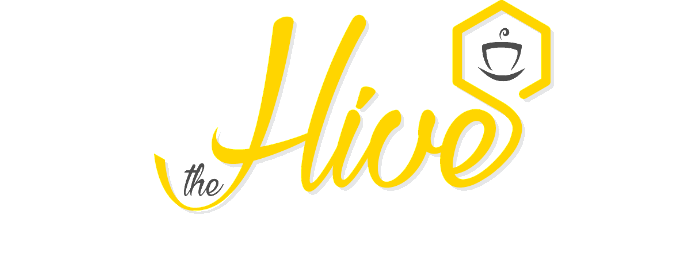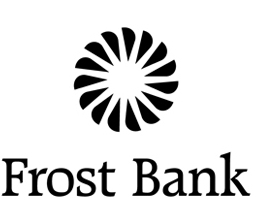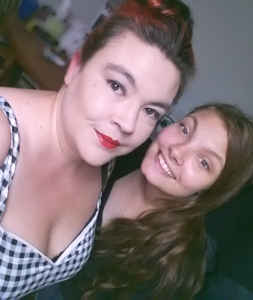Often getting a baby to sleep through the night can be one of the most challenging stages for parents. This is my recipe that I share with my parents that will teach your baby how to sleep through the night. It can be applied to any age during the first year of life.
HOW TO BEGIN
When you bring your baby home from the hospital, start this bedtime routine:
- Give your baby a bath between 8-9 PM. You don’t need to use soap every day, just warm water. During the first few weeks, while the umbilical stump is still attached, you are going to give the baby a sponge bath trying to avoid the umbilical area and making sure you get his hair wet. When the stump falls off, you can submerge the baby in warm water.
- Right after the bath you are going to feed the baby.
- Immediately after the feeding, place the baby in his crib in a dark room.
- The baby needs to remain in the dark for the rest of the night. If you need to feed him or change him, try to do it in the dark by just having a dim night light or the light from the hallway or closet. Don’t expose the baby to direct, intense light during the night.
- After 7 AM and for the rest of the day maintain the baby in a room with plenty of day light. Allow the baby to sleep during the day and just make sure he/she is waking up for feedings.
WHAT YOU WILL OBSERVE
By keeping this routine you are going to observe that, after 2-3 weeks, the baby is going to be more consistent at waking up every 3 hours during the night, with one interval of cluster feeding, when he/she is going to demand feedings every hour. The interval of cluster feeding is going to, eventually, move more towards the evening. By about 1 month of age, your baby is going to be fussy, needy and he is going to be predictively cluster-feeding in the evening, between 6-9 PM. At that point the night feedings should be:
– Midnight.
– 3 AM.
– 6-7 AM
You don’t need to create this night schedule, the baby is going to do it on his/her own just by keeping the above routine.
After 1 month of age, if you keep up the routine, your baby is going to start dropping one of the middle-of-the-night feedings, either the midnight or the 3 AM. Your baby is still going to wake up, even when he is ready to drop that feeding, but he is going to move around, make some noises and return to sleep without that feeding.
Eventually, by about 2 months of age, your baby is ready to drop both of the middle of the night feedings. He/she is now going to wake up and stir around twice at night, but he will go back to sleep without feeding. By now his last eating time will be at 8-9 PM, right after a bath, and he will continue to demand a feeding early in the AM, between 6-7 AM.
WHY THIS WORKS
Our sleeping cycle is created around the presence or absence of sun light. There is a whole hormonal system revolving around the light/dark cycle that starts to be stablished after we are born. During pregnancy, inside the mother, the baby is not exposed to the light/dark cycle and the learning starts right after the baby is born.
All parents need to do is create a clear definition of light and dark for the baby. The bath in the evening, right before transitioning to the dark, serves as a relaxing time and an indication about the beginning of the night. With repetition the baby is going to know it is time to relax and go to sleep, in the dark, right after bath time.
We all wake up a few times during the night. Your baby is going to continue waking up just as you do. But he/she is going to learn to go back to sleep after the middle of the night awakening without needing food, holding, rocking or any help from you, if you try your best at putting him down awake and allowing him to transition to sleep on his own.
About the author: Dr. Katalenas is a Board Certified Pediatrician that works at Pediatric Center of Round Rock (PCRR) and is a childhood obesity expert as well.





 My goal starting Central Texas Mom was sharing what Central Texas has to offer, with the world. Providing local moms a way to learn about new business, events and eateries in the area. And also giving my family the fun opportunities to enjoy things that we wouldn't typically have the chance to enjoy. Thank you for following us though the years on our adventures and here is to many more adventures to come.
My goal starting Central Texas Mom was sharing what Central Texas has to offer, with the world. Providing local moms a way to learn about new business, events and eateries in the area. And also giving my family the fun opportunities to enjoy things that we wouldn't typically have the chance to enjoy. Thank you for following us though the years on our adventures and here is to many more adventures to come.